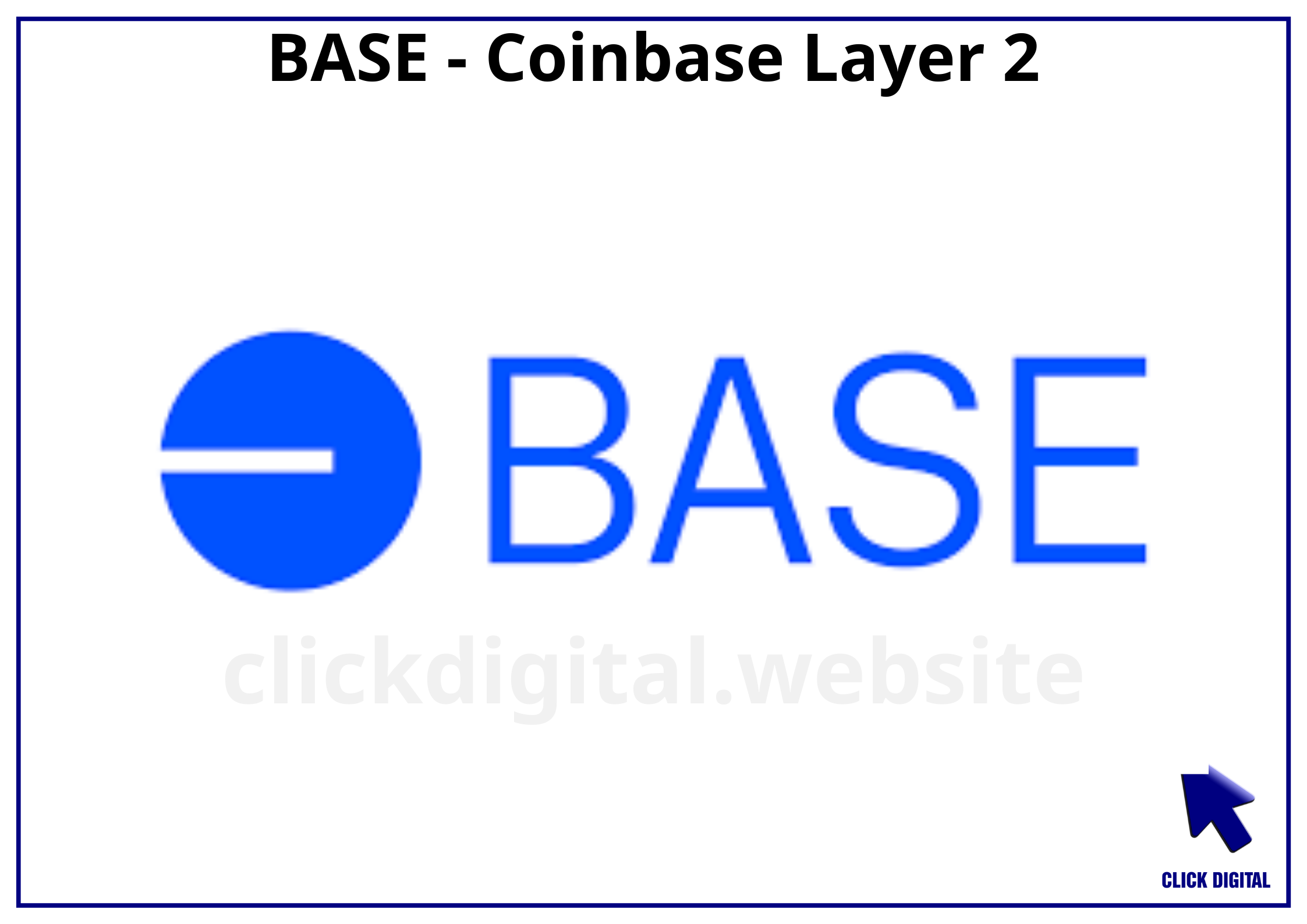Summary: This article discusses Base’s scaling roadmap, focusing on the upcoming Pectra upgrade and how it will address L1 data availability issues. It examines the role of PeerDAS, a crucial protocol change in Pectra, and how it can enhance L1 data availability and scale Base.
Table of Contents
Base: Making on-chain accessible and affordable for everyone
One of Base’s key initiatives in its 2024 roadmap is to make on-chain accessible and affordable for everyone. Base focuses on providing fast, low-cost transactions on a secure, decentralized L2 to enable global participation in the on-chain economy. Base is working to address one of Web3’s biggest challenges: high transaction fees and slow processing times.
Scaling Base since launch
Since launching, Base has increased its throughput fourfold, raising the gas target per block from 2.5 Mgas/s to 10 Mgas/s to keep fees under one cent as activity grows. This has only been possible due to the efforts of the Base core team and the entire ecosystem of developers expanding the OP Stack, Ethereum clients, and the EVM.
Aiming for 1 Ggas/s: Increasing by 1 Mgas/s per week
Base aims to achieve a capacity of 1 Ggas/s. To provide predictability for the internal team and the broader ecosystem, Base commits to increasing the gas target by 1 Mgas/s per week, starting in late September.
Pectra and PeerDAS: The solution for L1 data availability
As Base continues to scale, integrating necessary mainnet upgrades to increase L1 data availability is crucial to ensure L2s can continue to bring billions of users on-chain.
To understand this better, imagine a network of highways. L1 is the main highway, and L2s are the feeder roads. If the feeder roads get congested, but the main highway is unable to handle more traffic, everything will back up.
PeerDAS (Peer Data Availability Sampling), a protocol change in the upcoming Pectra hard fork, addresses this issue by increasing total blob capacity without requiring every node to download every blob. This significantly reduces network bandwidth requirements, opening up vast potential for data availability.
Note: Base’s Pectra upgrade is different from Ethereum’s Pectra upgrade, and the approach is not the same. Base’s Pectra upgrade focuses on increasing blob capacity, which is more similar to Ethereum’s Dencun upgrade.
The crucial role of increasing blob capacity
The Base core team is actively preparing PeerDAS for inclusion in the Pectra upgrade, including network analysis on PeerDAS devnets and contributions to implementation in Prysm.
Base advocates for a significant increase in blob capacity alongside PeerDAS activation. This is essential for scaling efforts, allowing more data to be processed without overloading individual nodes.
Should blob capacity be increased alongside PeerDAS?
While PeerDAS offers numerous benefits, some suggest deploying PeerDAS before increasing blob capacity.
This could delay increasing data availability to a subsequent upgrade, potentially months after Pectra activates in 2025.
The need to enhance L1 data availability as soon as possible
Base believes that delaying blob capacity increases is unnecessary and could negatively impact Ethereum’s scaling roadmap.
Base argues that increasing blob capacity alongside PeerDAS will create a “positive-sum” scaling environment, allowing L2s to grow without impacting each other.
According to Click Digital, increasing blob capacity is crucial to ensure the Ethereum network can handle the increasing data volume driven by growing L2 usage.
Improving L2 protocols and enhancing L1 data availability
L2 protocol improvements like batch span data layout, Brotli compression, stateful compression, and aggregatable signatures for L2 transactions and UserOps can indirectly expand L1 data availability. However, mainnet data availability capacity must increase to support a healthy scaling roadmap.
Comparison Table: Before and After Pectra Upgrade
| Feature | Before Pectra Upgrade | After Pectra Upgrade |
| Blob Capacity | Limited | Significantly Increased |
| Network Bandwidth Requirements | High | Significantly Reduced |
| Data Processing Capacity | Limited | Enhanced |
| Gas Target | 10 Mgas/s | Continues to increase by 1 Mgas/s per week, aiming for 1 Ggas/s |
| Scaling Environment | Zero-sum (one L2’s growth impacts others) | Positive-sum (L2s grow together without impacting each other) |
| Transaction Fees | Can increase due to congestion | Maintained at a low level |
| On-chain Accessibility | Limited | Enhanced |
Observations
Base’s focus on scaling and the Pectra upgrade demonstrates a clear vision for the future of Ethereum. The Base development team is working to address major technical challenges, such as L1 data availability, to bring Ethereum closer to its goal of becoming a robust and efficient decentralized platform.
The PeerDAS protocol change, along with increasing blob capacity, promises to bring significant efficiency to the network. This not only helps address transaction costs but also paves the way for the development of more complex decentralized applications.
However, it’s crucial to note that the Pectra upgrade and PeerDAS deployment must be implemented carefully and with detailed planning to ensure the Ethereum network remains stable and secure.
It’s clear that Base’s efforts will contribute positively to Ethereum’s development, facilitating the explosion of decentralized applications and services in the future.
Conclusion
Base is actively scaling, aiming to provide an accessible and affordable on-chain experience for everyone. Enhancing L1 data availability is a crucial step in this journey. The Pectra upgrade and PeerDAS deployment will be key drivers in achieving this goal.
Everyone recognizes the immense potential of blockchain technology and the importance of scaling Ethereum. Base plays a vital role in driving Ethereum’s development and making this technology accessible to more people.

